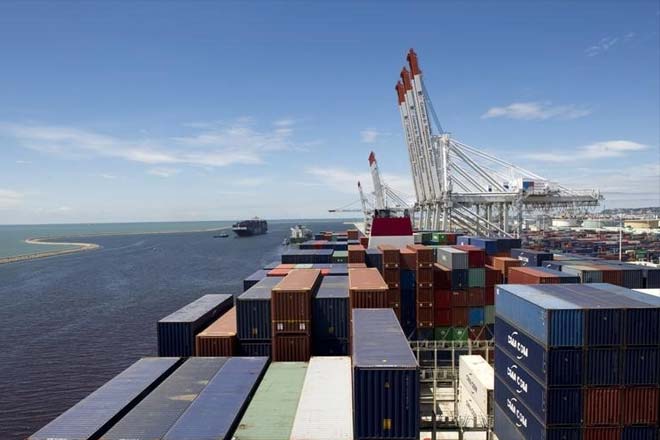
According to the National Tariff Policy (NTP) 2019, Pakistan has been unable to even match its progress with that of its neighbours. It states that since 2003 the global market share of China, India, Iran and Afghanistan has increased by 216%, that of Saarc region by 186% and Economic Cooperation Organisation (ECO) by 127%. However, Pakistan’s share has decreased by 19%.
Unlike other successful developing countries, Pakistan has been unable to integrate its economy with the rest of the world. One primary reason for a lack of integration remains high tariffs and other taxes on imports.
Consequently, Pakistan has still not become part of the global value chains through which most of the international trade is now conducted. However, the cherry on top remains the high tariff barriers the government of Pakistan keeps introducing.
According to NTP, by FY14 average tariffs had been reduced to 8.9% from 23.1% in financial year 2000, leading to a 173% increase in exports. By FY19, the tariffs had again been increased to 11.6%, which also saw a decline of $2.1 billion, or 9.1%, in the value of exports, though the direct attribution of export performance to the tariff levels is debatable.
The policy mentions that under the false pretense of protecting the local industry, which has remained “infant” even after several decades, tariffs have eroded competitiveness and breed incompetence.
Over the past five decades, Pakistan’s performance has remained way below its potential. Till the 1960s, Pakistan was a relatively open economy and its economic activity was more integrated with the rest of the world.
In 1980, with similar export baskets, Pakistan’s exports were approximately the same as those of Turkey at $3 billion. Today, Turkey’s exports are over $166 billion while Pakistan is at a mere $24 billion.
A reason for this stark contrast stems from the fact that Turkey started its reform process to be able to become part of the European Union and its tariffs are now at an average of 2-3%.
On the other hand, Pakistan adopted a protectionist path and now has one of the highest tariff levels in the world and the results are before us.
High tariffs have led to rapid de-industrialisation as well. Over the past decade, industrial production, as a percentage of gross domestic product (GDP), has gone down from 26.4% in financial year 2000 to 20.3% in FY19. Resultantly, the contribution of exports to GDP decreased from 13.5% to 7% over the same period.
Taxes on international trade amounted to 24% of total taxes in the first two quarters of FY19, a ratio that is amongst the highest in the world.
Pakistan currently has five duty slabs - 0%, 3%, 11%, 16% and 20%, with a large number of tariff lines subject to additional customs duties. Also, some sectors such as automobiles and auto parts are not covered by these slabs and are subject to much higher duties ranging from 60% and more.
Under the 1973 Federal Government Rules of Business, the tariff policy and protection regime is the mandate of the Commerce Division. NTP rightly observes that tariff-setting has been taken over by the Federal Board of Revenue (FBR), which views it as a revenue instrument.
As an instrument of revenue generation, regulatory duties have also been imposed on a large number of goods, in addition to the customs duties.
NTP is a good step forward by acknowledging the problems. It clearly states that tariff protection has created inefficiencies in the manufacturing sector, an anti-export bias, increased complexity in the process, intra-sector anomalies and discrimination, and unpredictability hindering investment decisions.
Furthermore, its defined objectives are admirable. It sets increasing competitiveness, jobs, consumer welfare and harmonisation as objectives with which it is difficult to disagree.
However, its principles are less clear and amenable to a variety of interpretation. These include “strategic protection”, “cascading” and “competitive import substitution”.
NTP recommends government action for the protection of infant industry. It allows the government to provide support under time-bound arrangements.
This creates room for lobbying by specific industries to be included in the nascent industry, which will be provided some kind of protection.
Adding the prefix “competitive” before import substitution does not alter the old policy fundamentally and only provides a new justification.
Past experience clearly shows that such protection is never time bound. Those who enjoy political influence and higher lobbying powers remain “infant” for decades as has happened in the case of auto, sugar and paper industries.
Despite these shortcomings, there is some hope that we may finally be moving in the right direction. In the last budget, we saw removal of duties from 1,600 raw materials, which is a positive move towards decreasing anti-export bias and increasing competitiveness of the manufacturing sector.
We hope that with this new arrangement, the tariff policy would not be used for revenue purposes but more as a tool for promoting trade and industrial policies.
The government would be well advised to benchmark its tariff policies with other successful countries and make up for the lost time. No policy is perfect when it is launched.
The writers are associated with PRIME Institute, an independent think tank based in Islamabad
Published in The Express Tribune, December 16th, 2019.
Like Business on Facebook, follow @TribuneBiz on Twitter to stay informed and join in the conversation.





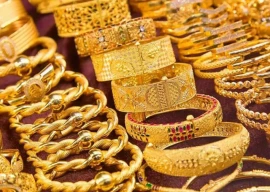
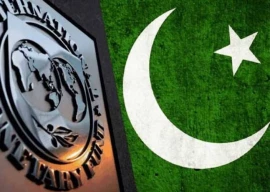
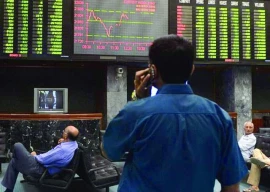

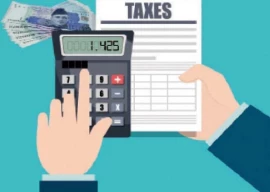


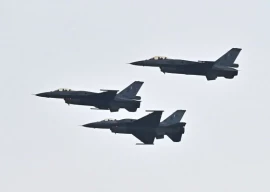




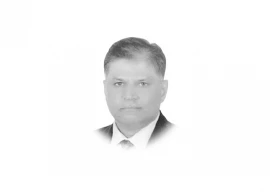
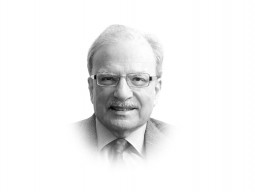

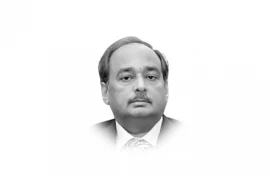


COMMENTS
Comments are moderated and generally will be posted if they are on-topic and not abusive.
For more information, please see our Comments FAQ